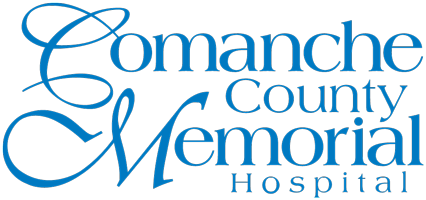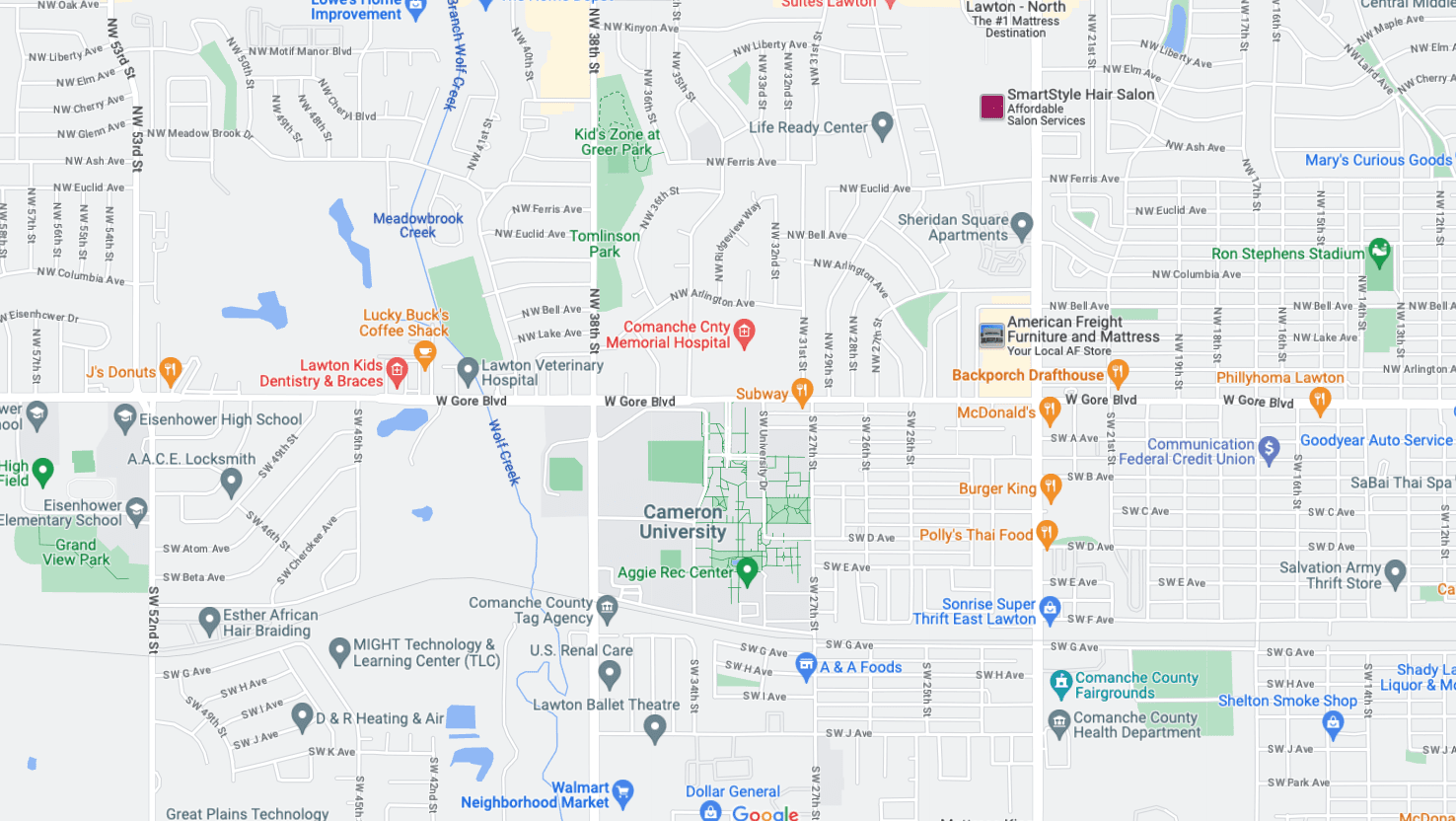Surgical Techniques
With technical advances today, surgery does not necessarily mean
large incisions, as in the past.
Depending on the type of surgery, there are several surgery methods that may be performed:
- Open surgery – an “open” surgery means the cutting of skin and tissues so that the surgeon has a full view of the structures or organs involved. Examples of open surgery are the removal of the organs, such as the gallbladder or kidneys.
- Minimally invasive surgery – minimally invasive surgery is any technique involved in surgery that does not require a large incision. This relatively new approach allows the patient to recuperate faster with less pain. Not all conditions are suitable for minimally invasive surgery. Many surgery techniques now fall under minimally invasive surgery:
- Laparoscopy – a test that uses a tube with a light and a camera lens at the end (laparoscope) to examine organs and check for abnormalities. Laparoscopy is often used during surgery to look inside the body and avoid making large incisions. Tissue samples may also be taken for examination and testing.
- Endoscope – a test that uses a small, flexible tube with a light and a camera lens at the end (endoscope) to examine the inside of part of the digestive tract. Tissue samples from inside the digestive tract may also be taken for examination and testing.
- Arthroscopy – with the use of an endoscope, surgeons can look at the interior of a joint. This technique is most often used to inspect the inside of the knee joint.
- Bronchoscopy – the examination of the bronchi (the main airways of the lungs) using a flexible tube (bronchoscope). Bronchoscopy helps to evaluate and diagnose lung problems, assess blockages, obtain samples of tissue and/or fluid, and/or to help remove a foreign body.
- Cystoscopy – inserting a viewing tube up the urethra to examine the urethra and bladder cavity.
- Gastroscopy – examining the lining of the esophagus, stomach, and the first part of the small intestine with a long viewing tube.
- Hysteroscopy – a visual inspection of the cervical canal and uterine cavity with an endoscope.
- Laryngoscopy – inspecting the larynx (voice box) with a mirror or viewing tube.
- Sigmoidoscopy – examination of the rectum and sigmoid colon with a viewing tube.
Contact Us
Phone
(580) 510-7042
Address
110 NW 31st Street
Lawton, Oklahoma 73505
Lawton, Oklahoma 73505
Text
(580) 510-7044



